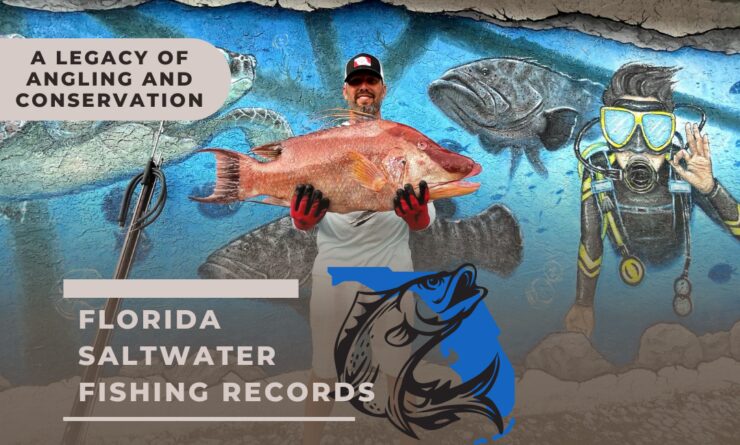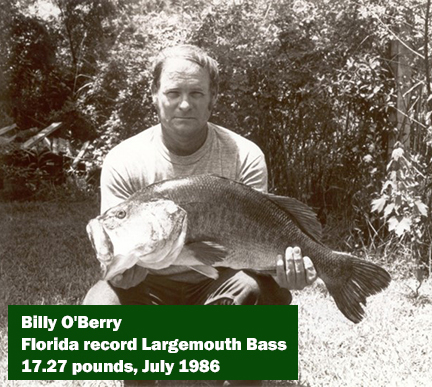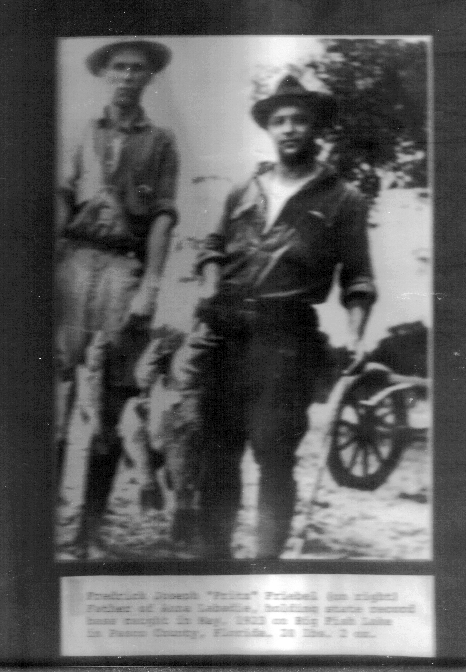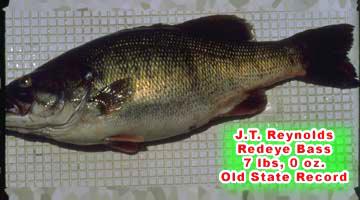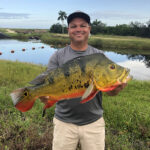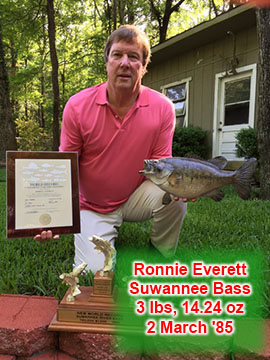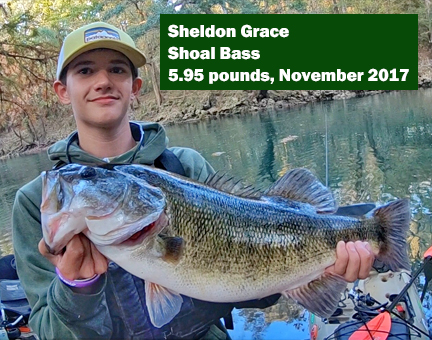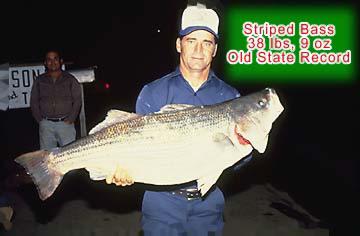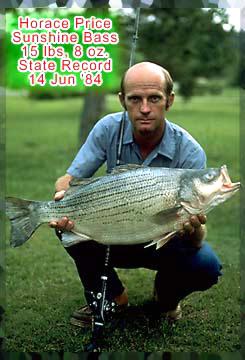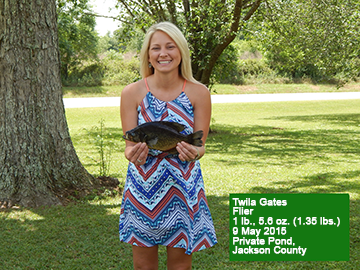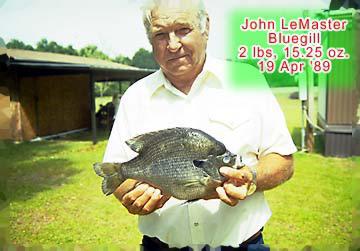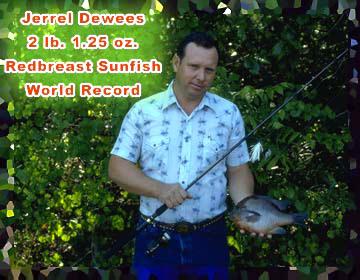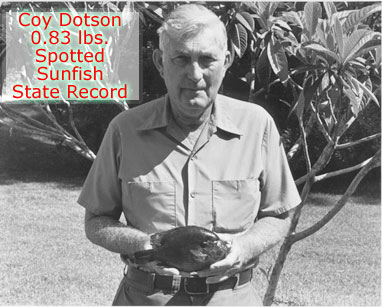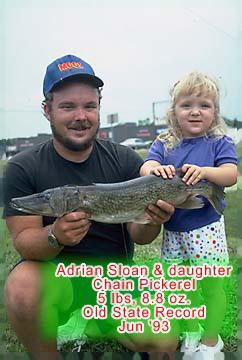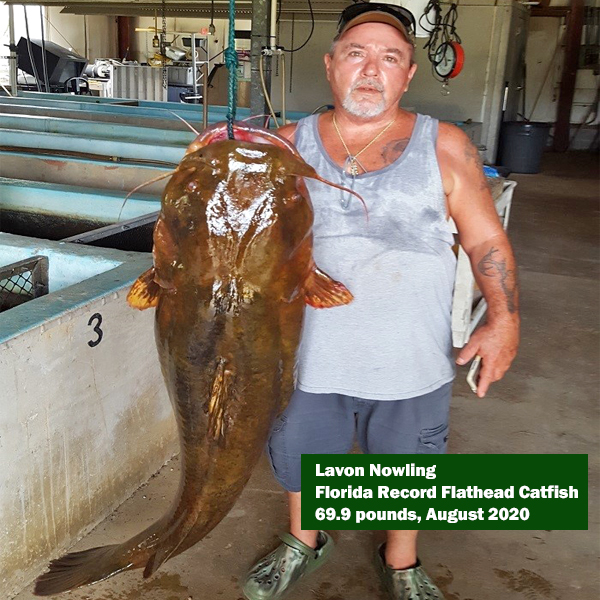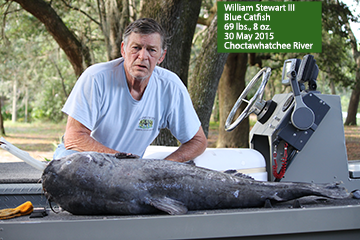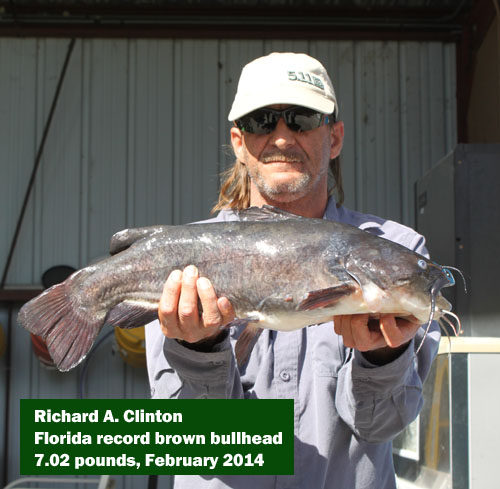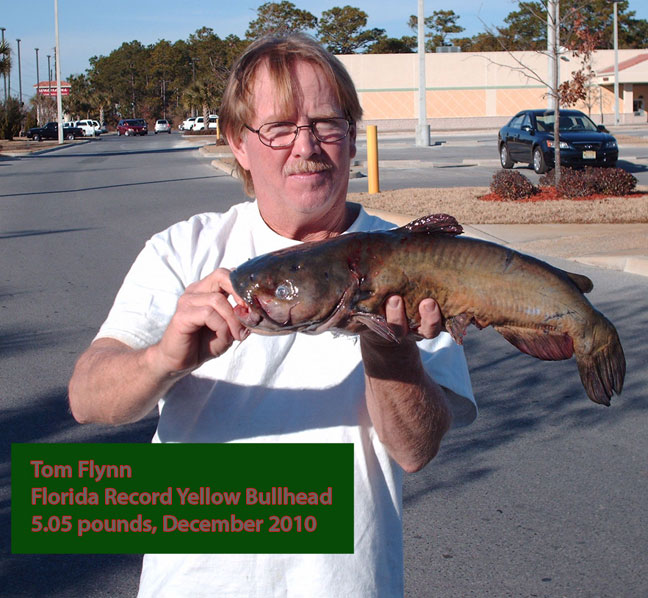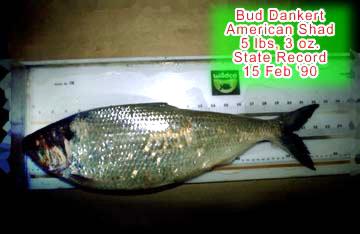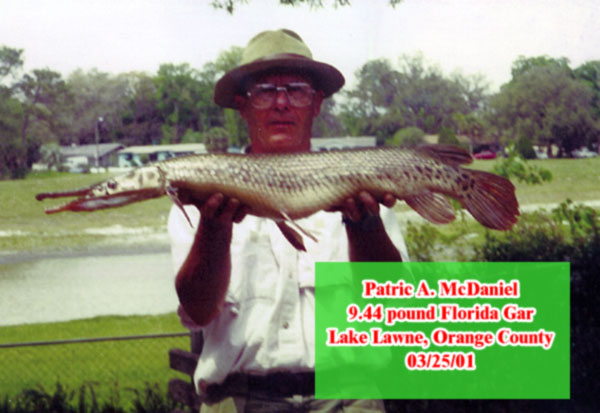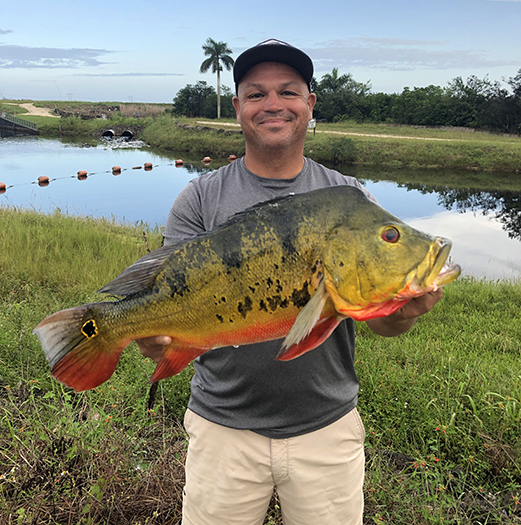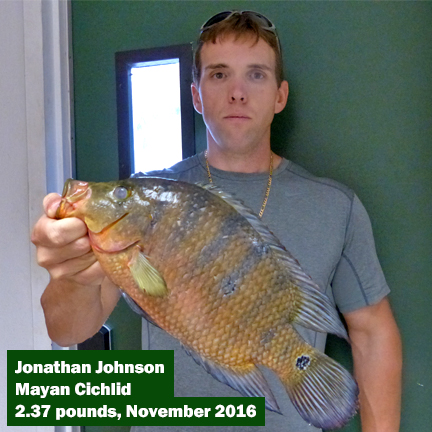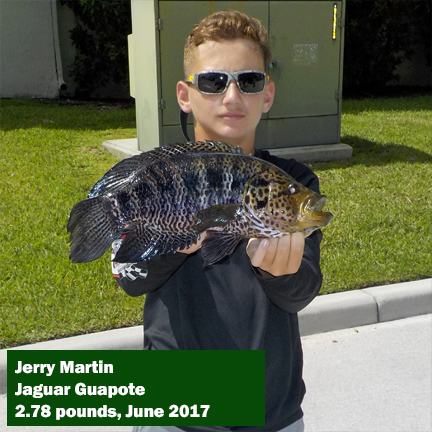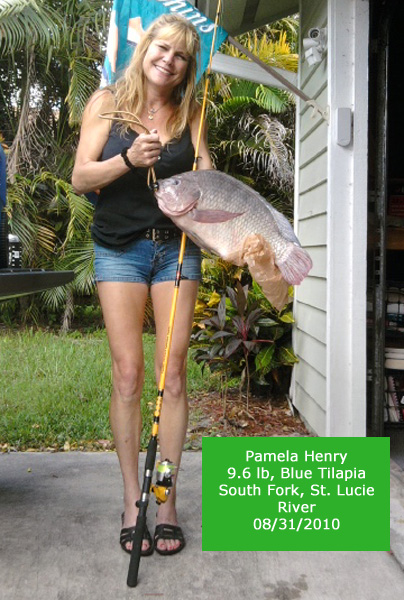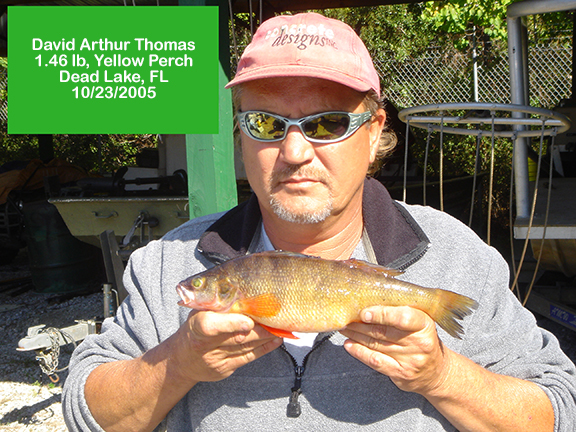Florida, also known as the “Fishing Capital of the World,” boasts an incredibly diverse ecosystem that offers anglers the chance to catch a wide variety of fish species. The state’s fishing records have been meticulously documented and maintained, highlighting the achievements of local and visiting anglers alike.
In this article, we’ll explore the fascinating history of the Florida State Fishing Records and how they’ve evolved over time, drawing on information from both the Big Catch Florida website and the Catch a Florida Memory programs.
The Early Beginnings of Florida State Fishing Records
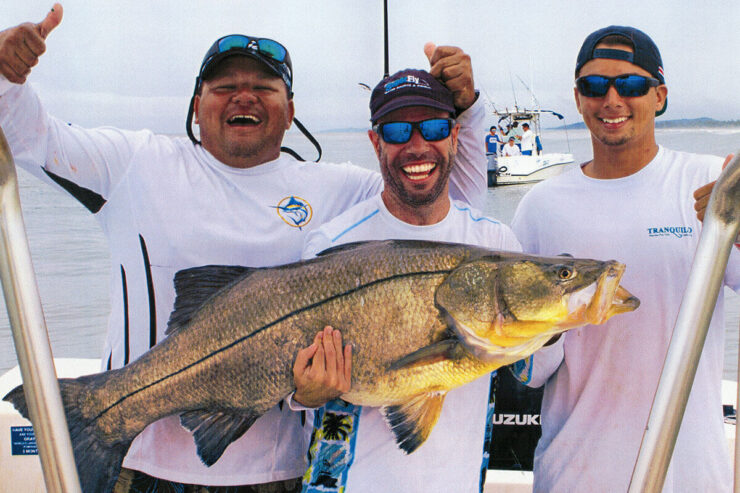
The roots of the Florida State Fishing Records can be traced back to the 1950s when the Florida Fish and Wildlife Conservation Commission (FWC) first began documenting the state’s largest catches. Initially, these records were limited to a select number of species, such as largemouth bass, blue marlin, and tarpon.
Over time, the list expanded to include over 70 different freshwater and saltwater species, all of which can be found on the Big Catch Florida website.
- If you want to read more articles on Fishing check here.
The Importance of Accurate Record-Keeping
Florida’s fishing records have gained significant importance due to their role in promoting conservation efforts and showcasing the state’s biodiversity. These records provide anglers with valuable information about the various fish species inhabiting Florida’s waters, helping them identify which species to target and when.
Moreover, they help raise awareness about the importance of sustainable fishing practices and the need to protect the state’s fragile marine ecosystems.
To ensure the accuracy of the records, the FWC requires that all record-breaking catches be weighed on certified scales and witnessed by impartial observers. Additionally, the fish must be positively identified by an FWC biologist or other qualified expert, and the angler must provide photographic evidence of their catch.
This rigorous process helps to maintain the integrity of the records and ensures that only legitimate catches make it into the record books.
Notable Record-Breaking Catches in Florida’s History
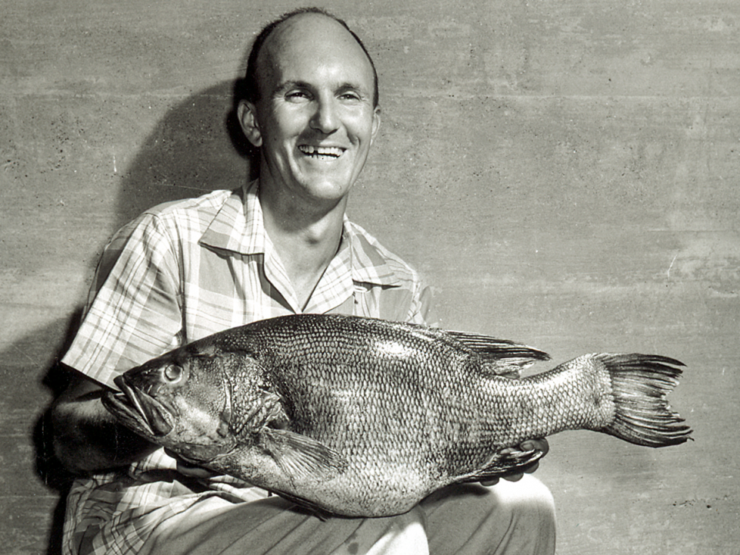
Throughout the years, there have been some truly impressive catches documented in the Florida State Fishing Records. Some of the most notable record-breaking catches include:
- The heaviest largemouth bass, weighing in at 17 pounds, 4.16 ounces, was caught by Billy O’Berry in 1986 at an undisclosed lake in Polk County.
- The largest tarpon on record, weighing a staggering 243 pounds, was caught by Gus Bell in 1975 off the coast of Key West.
- The heaviest swordfish, weighing 612 pounds, 12 ounces, was caught by Stephen Stanford in 2007 in the Florida Keys.
These catches not only highlight the incredible skill and dedication of Florida’s anglers but also showcase the state’s rich and diverse fish populations.
The Role of Catch a Florida Memory Programs
The Catch a Florida Memory programs, introduced by the FWC, aim to encourage anglers to participate in fishing-related activities while promoting conservation and responsible fishing practices.
The programs consist of various challenges and clubs, including the Saltwater Fish Life List Club, Saltwater Reel Big Fish, and Saltwater Grand Slams. By participating in these initiatives, anglers can earn recognition, awards, and even become part of Florida’s fishing history.
These programs not only foster a sense of community among anglers but also contribute to the conservation of Florida’s fish populations by encouraging the use of proper catch-and-release techniques and promoting responsible fishing practices.
Conclusion
Florida’s fishing records represent a rich history of the state’s fishing culture and the anglers who have contributed to its legacy. By maintaining accurate records and promoting conservation through initiatives like the Catch a Florida Memory programs, the FWC continues to protect and celebrate Florida’s diverse marine ecosystems.
As more anglers take to Florida’s waters in pursuit of record-breaking catches, the state’s fishing records will continue to evolve and expand.
These records serve not only as a testament to the skill and dedication of anglers, but also as an important reminder of the need to preserve and protect the fragile ecosystems that support Florida’s abundant fish populations.
By participating in the Florida State Fishing Records and Catch a Florida Memory programs, anglers can play a role in preserving the state’s fishing heritage and promoting sustainable fishing practices for future generations.
As we look ahead, it is crucial to continue fostering a sense of community and responsibility among anglers, ensuring that Florida remains the Fishing Capital of the World for years to come.
So, whether you’re an experienced angler looking to etch your name in the record books or a novice fisherman eager to learn more about Florida’s diverse fish populations, the state’s fishing records and conservation programs offer an exciting opportunity to be part of an ongoing legacy.
Embark on your next fishing adventure and help contribute to the remarkable history of Florida’s State Fishing Records while promoting the conservation of its incredible marine ecosystems.
If you are intrested of Florida’s Wildlife, go check this article!

